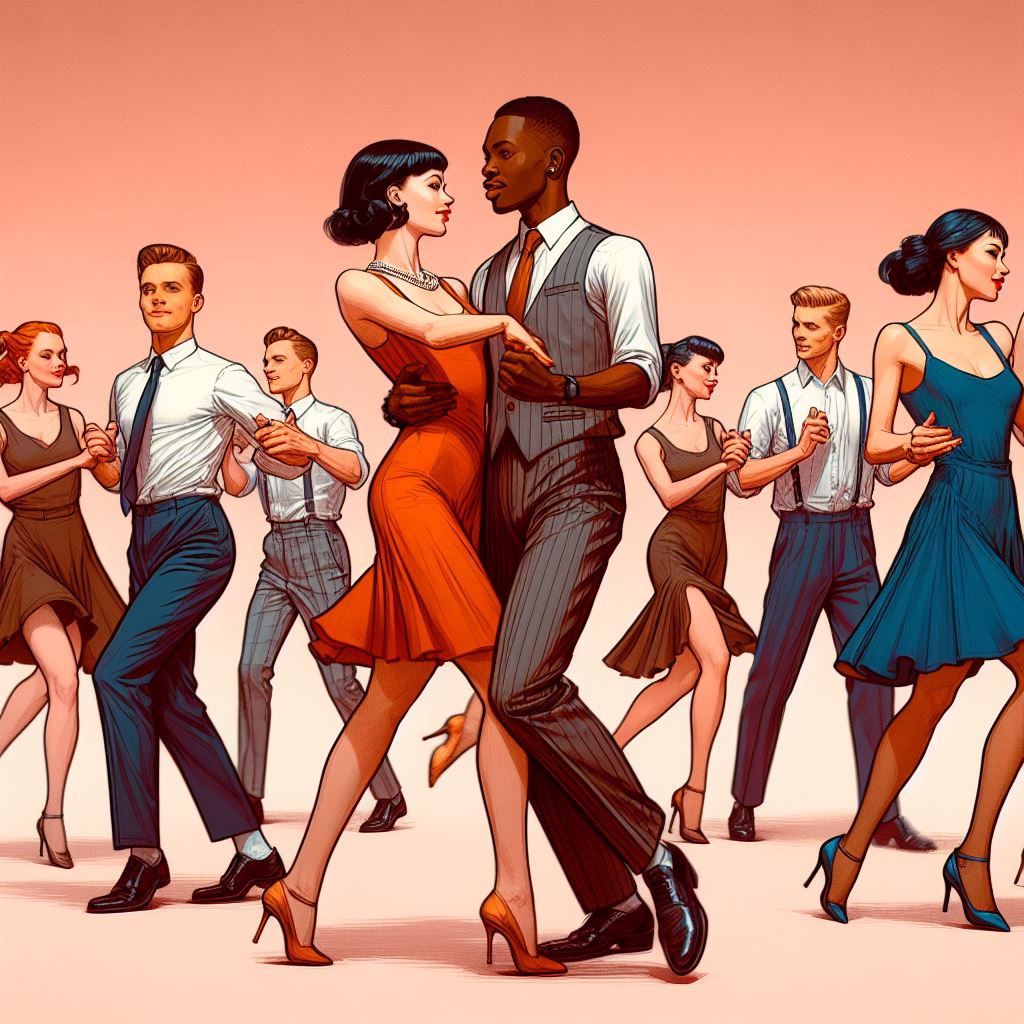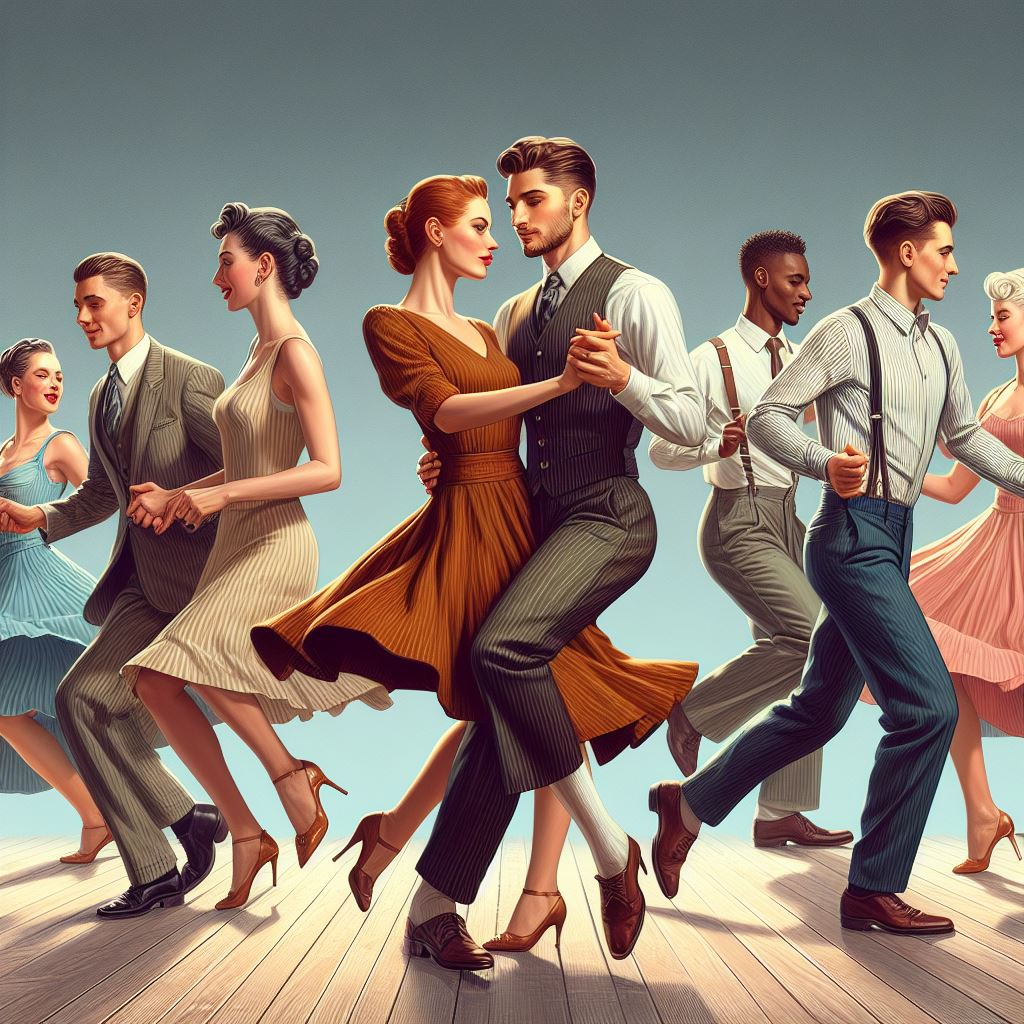Discover the Joy of Swing Dance at Wimbledon Swing Dance World!
Why not come and try some Swing dance classes at Wimbledon School of Freestyle and Ballroom. Swing dancing is a fun and social way to connect with music and people. Whether you’re a beginner or an experienced dancer, there’s always something new to learn and enjoy in the world of swing dance. If you have any specific questions or need more information, feel free to ask! New classes 2024/2025 contact for details. £10 a class drop in.
Join us at Wimbledon Dance School for an exciting journey into the world of swing dance! Our classes cover a variety of swing styles, including Boogie Woogie, Lindy Hop, Shag, East Coast Swing, West Coast Swing, Charleston Lindy, and Balboa. Whether you’re a beginner or have some dance experience, our friendly and experienced instructor, Paul Sandwell, will guide you through the steps in a fun and supportive environment. At the moment we are learning East Coast Swing.
Class Details:
- When: Every Wednesday from 8-9 pm
- Where: St Luke’s Church Hall, Strathmore Road, Wimbledon Park, SW19 8DB adjacent to Southfields and Earlsfield areas.
- Cost: £10 per session per person
- Drop in: Come when you can
- Current Style: Jitterbug and Boogie Woogie starting this week
Our Wimbledon swing dance classes are designed to be drop-in and friendly , so you can join us whenever it suits you. Come and experience the lively energy of swing dance, meet new people, and get fit while having a great time. Whether you’re looking to learn the basics or refine your skills, Wimbledon Dance School is the perfect place to start your swing dance adventure. All ages welcome. Make new friends.
So put on your dancing shoes and join us for an unforgettable experience filled with laughter, music, and the joy of swing dancing! We can’t wait to dance with you! Email paulsandwell@yahoo.co.uk. Text me on: 07305758614
Swing into Fun at Our Swing Dancing School!
Are you ready to experience the excitement and joy of swing dancing? Join us at our Wimbledon Swing Dancing School, where we offer a variety of classes to suit all levels, from beginners to advanced dancers. Our expert instructors will guide you through the lively rhythms and energetic moves of swing dance, including styles like Lindy Hop, East Coast Swing, West Coast Swing, and more. Swing dance instruction and Swing dance tuition so you can learn the moves and feel great about your dancing. A non-judgemental environment to develop from two left feet to accomplished dancer or to improve your existing dance skills.
Class Highlights:
- Expert Instruction: Learn from experienced and passionate swing dance instructors.
- Variety of Styles: Explore different swing dance styles to find your favorite. At the present time East Coast Swing style.
- Fun and Social: Meet new people, make friends, and enjoy a vibrant dance community.
- Flexible Schedule: Drop-in classes available to fit your busy lifestyle.
Whether you’re looking to learn the basics, improve your technique, or just have a great time dancing, our SW19 Swing Dancing School is the perfect place to start. Come dance with us and discover the joy of swing! We can’t wait to see you on the dance floor!
Paul is an excellent and very patient teacher. he makes you feel comfortable and confident and his classes are great fun. He knows and teaches plenty of types of dance! I look forward to his Swing for beginners class every week.
CLARA ISABEL CIEZA BORRELLA
Swing dance classes every Wednesday, St Luke’s Church Hall, Wimbledon Park. 8-9 pm. These are weekly, drop in and £10 per session per person. At the moment we are learning East Coast Swing. More details: paulsandwell@yahoo.co.uk. Our students attend our classes from all over South West London including Earlsfield, Southfields, Mitcham, Morden, Old Morden, New Malden, Putney, Putney Bridge, Fulham, Fulham Broadway, Wandsworth, Wandsworth Town, Clapham, Clapham North, Clapham Junction, Oval, Parsons Green, Richmond, Twickenham, Streatham, Streatham Common, Streatham Hill, Norbiton, Merton, Merton Park.
Swing dancing encompasses a variety of styles, each with its own unique flair and history. Here are some of the most popular types:
- Lindy Hop: Often considered the original swing dance, it emerged in the 1920s and 1930s in Harlem, New York. It’s known for its energetic and acrobatic moves.
- East Coast Swing: A simpler and more versatile style that evolved from the Lindy Hop. It’s characterised by its basic six-count patterns and is great for beginners.
- West Coast Swing: A more fluid and improvisational dance that moves in a linear direction. It’s often danced to a wide range of music genres including blue, pop and hip hop.
- Balboa: Originating in Southern California, this dance is performed in a closed position and is known for its subtle and intricate footwork.
- Boogie-Woogie: A fast-paced and energetic dance that focuses on footwork. It originated from boogie-woogie music, a form of blues.
- Jive: An upbeat dance that evolved from the East Coast Swing. It is characterised by its fast tempo and lively kicks and spins.
- Jitterbug: A term often used to describe various fast swing dances. It includes elements from Lindy Hop and East Coast Swing.
- Shag: Known for its intricate footwork, this dance has several variations including the Carolina Shag and Collegiate Shag..
- Hand Dancing: A Swing dance style that originated in Washington DC, known for its smooth and flowing movements.
- Each of these styles offers a unique way to enjoy the rhythm and excitement of swing dancing. Do you have a favorite style or one you’re interested in learning more about?
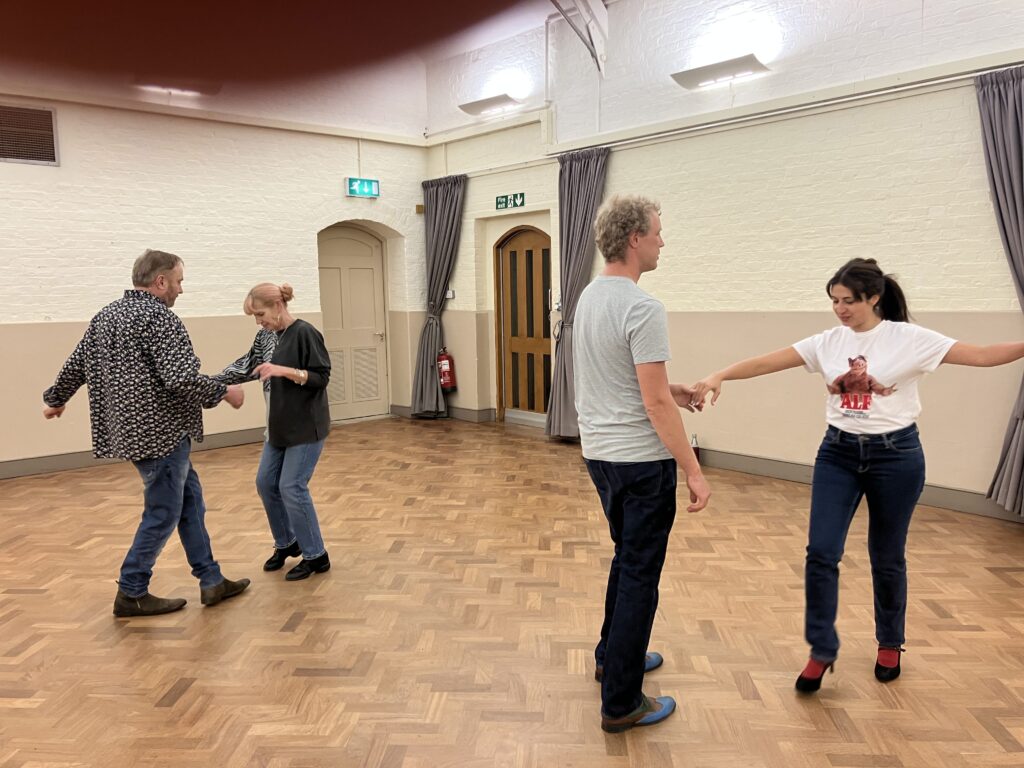
Wimbledon Swing Dancing lessons and classes. Our pupils comes from far afield including Tooting, Putney, Wandsworth, New Malden, Morden, Mitcham, Roehampton, Richmond, Surbiton, Fulham, Oval, Balham, Merton, Streatham, Battersea and more. Unleash your potential inner Swing dancer and express your cool dance side. However shy you may feel about your dancing skills, we can definitely help you overcome this and experience the joy of Swing dance. Contact us: Email paulsandwell@yahoo.co.uk. Text me on: 02037292799.
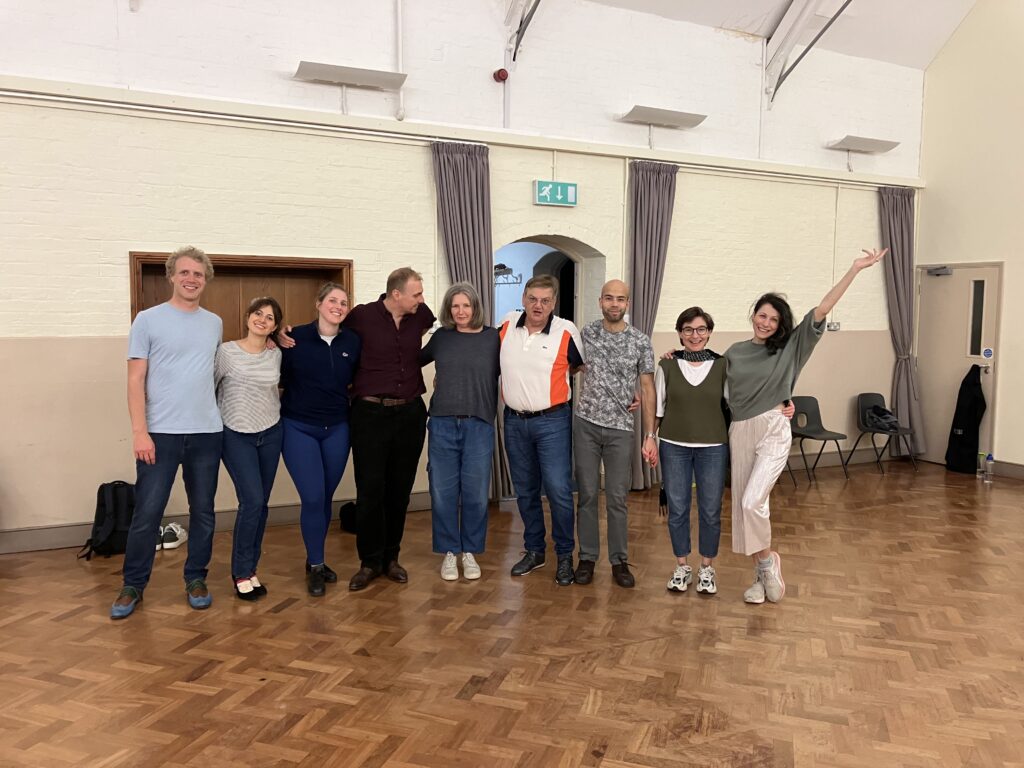
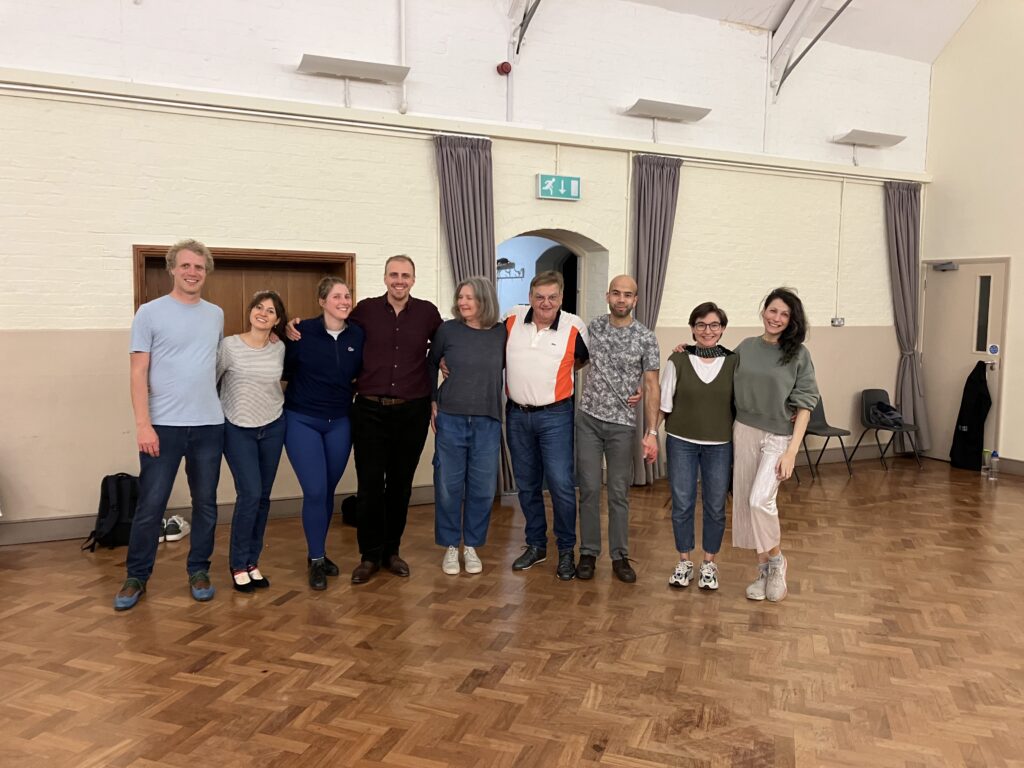
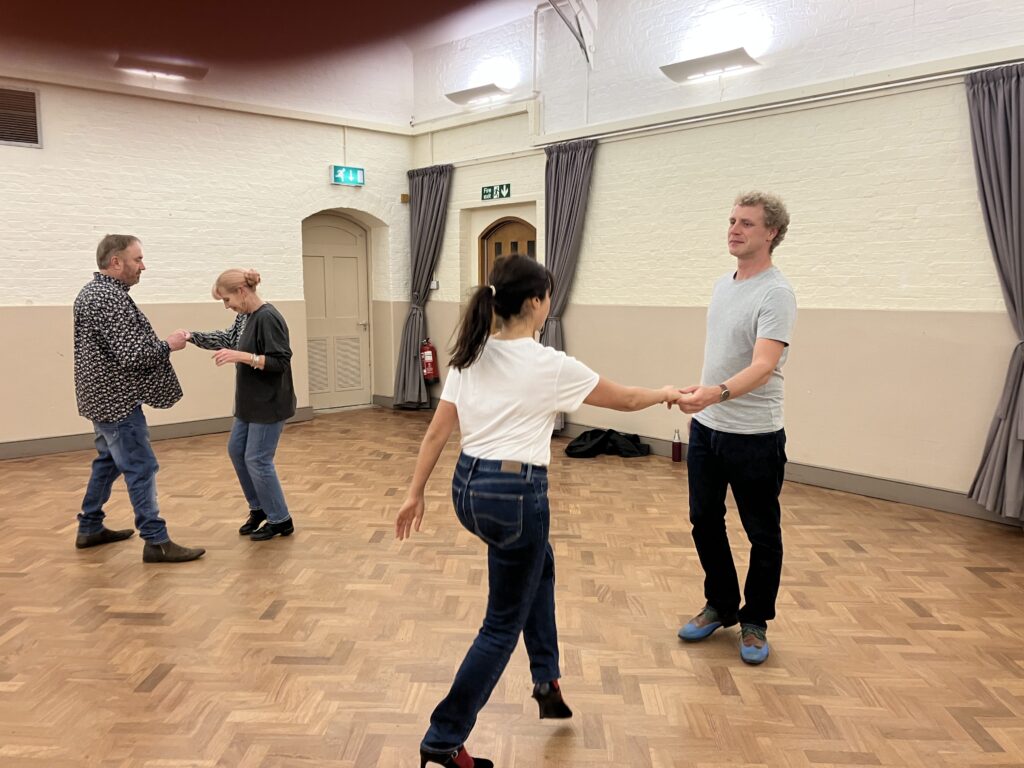
Swing dance has a rich and vibrant history that dates back to the early 20th century. Here’s an overview of its evolution:
Origins
Swing dance originated in the 1920s and 1930s, primarily in the African American communities of Harlem, New York. It was heavily influenced by the jazz music of the time, particularly the “swing” style of jazz.
Early Forms
- Charleston: One of the earliest forms of swing dance, the Charleston became popular in the 1920s. It featured energetic kicks and was often performed solo or with a partner.
- Lindy Hop: Developed in the late 1920s, the Lindy Hop is considered the grandfather of all swing dances. Named after aviator Charles Lindbergh, it combined elements of jazz dance, tap dance, breakaway and Charleston.
The Swing Era
The 1930s and 1940s are often referred to as the “Swing Era.” During this time, swing dance became a national craze, with big band music providing the perfect backdrop. The Savoy Ballroom in Harlem was a central hub for swing dancers, where legendary dancers like Frankie Manning and Norma Miller showcased their skills.
Evolution and Variations
As swing dance spread across the United States, various regional styles emerged:
- East Coast Swing: A simpler, six-count version of the Lindy Hop, it became popular in the 1940’s.
- West Coast Swing: Developed in California, this style is smoother and more linear compared to the Lindy Hop.
- Balboa: Originating in Southern California, Balboa is known for its close embrace and intricate footwork.
Post-War and Modern Era
After World War II, swing dance continued to evolve. The 1950s saw the rise of rock ‘n’ roll, which influenced dances like the Jive and Boogie Woogie. In the latter half of the 20th century, swing dance experienced a revival, with enthusiasts around the world keeping the tradition alive through social dances, competitions and festivals.
Swing dance remains a beloved and dynamic form of dance, celebrated for its joyful energy and rich cultural heritage.
Swing dancing is a lively and energetic form of dance that has captivated audiences and dancers alike for nearly a century. Its history is rich with cultural significance, musical evolution, and social change. Here’s a detailed look at the story and history of swing dancing:
Origins and Early Influences
Swing dance originated in the African American communities of Harlem, New York, during the late 1920s and early 1930s. It was born out of the vibrant jazz scene, particularly the “swing” style of jazz music that was characterized by its strong rhythm and improvisational nature. The dance was a way for people to express themselves and connect with the music in a physical and joyful manner.
One of the earliest forms of swing dance was the Charleston, which became popular in the 1920s. The Charleston featured energetic kicks and was often performed solo or with a partner. It laid the groundwork for the development of more complex swing dance styles.
The Birth of Lindy Hop
The Lindy Hop is often considered the grandfather of all swing dances. It emerged in the late 1920s at the Savoy Ballroom in Harlem, a legendary venue that was a melting pot of dance and music innovation. The dance was named after Charles Lindbergh, the aviator who made the first solo transatlantic flight in 1927, symbolizing the dance’s adventurous and groundbreaking spirit.
Lindy Hop combined elements of jazz, tap, breakaway, and Charleston. It was characterized by its acrobatic and improvisational moves, including aerials and swing-outs. Dancers like Frankie Manning and Norma Miller became iconic figures in the Lindy Hop scene, showcasing their skills and creativity on the dance floor.
The Swing Era
The 1930s and 1940s are often referred to as the “Swing Era.” During this time, swing dance became a national phenomenon, with big band music providing the perfect backdrop. Bands led by musicians like Duke Ellington, Count Basie, and Benny Goodman played swing music that was infectious and irresistible, drawing people to dance halls and ballrooms across the country.
The Savoy Ballroom remained a central hub for swing dancers, where competitions and social dances were held regularly. The dance floor was a place of inclusivity, where people of different races and backgrounds came together to share their love of dance and music.
Post-War and Modern Era
After World War II, swing dance continued to evolve and adapt to new musical trends. The 1950s saw the rise of rock ‘n’ roll, which influenced dances like the Jive and Boogie-Woogie. Swing dance also spread internationally, with different countries developing their own unique styles and interpretations.
In the latter half of the 20th century, swing dance experienced a revival. Enthusiasts around the world kept the tradition alive through social dances, competitions, and festivals. The 1980s and 1990s saw a resurgence of interest in swing dance, with movies like “Swing Kids” and “Swingers” bringing the dance back into the mainstream.
Cultural Impact and Legacy
Swing dance has had a profound impact on popular culture and social dynamics. It broke down racial barriers, as people of different backgrounds came together to dance and celebrate music. The dance also played a role in the women’s liberation movement, as women took on more active and equal roles on the dance floor.
The legacy of swing dance continues to thrive today. Swing dance communities can be found in cities around the world, where people gather to learn, dance, and celebrate the joy of swing. Events like the Lindy Hop Championships and the International Lindy Hop Championships showcase the best dancers and keep the spirit of swing alive.
Conclusion
Swing dance is more than just a dance; it’s a cultural phenomenon that has brought people together for nearly a century. Its history is a testament to the power of music, creativity, and community. From the early days of the Charleston to the modern swing dance revival, the story of swing dance is one of innovation, inclusivity, and enduring joy. Learn how to swing dance from scratch. Fundamental footwork and dance connections between partners. It is great for beginners and our beginner Swing dance classes are designed to guide you along your Swing dance journey.
Whether you’re a seasoned dancer or a newcomer, swing dance offers a vibrant and exciting way to connect with music and people. Its rich history and diverse styles ensure that swing dance will continue to inspire and entertain for generations to come.
Swing dancing in SW20, SW18, SW19, SW17, SW16, SW15, SW14, SW12, SW13, SW10, SW9. East Coast Swing dance tuition, Swing dance lessons. Southfields, Earlsfield, Putney, Tooting, Tooting Broadway, Tooting Bec, Balham, Clapham, Norbiton, New Malden, Morden, Mitcham, Merton. Work on your Swing Dance style, learn new steps in this vintage dance style. Swing dance courses, workshops, learning, course.


Wimbledon Swing Dancing lessons and classes. Our pupils comes from far afield including Tooting, Putney, Wandsworth, New Malden, Morden, Mitcham, Roehampton, Richmond, Surbiton, Fulham, Oval, Balham, Merton, Streatham, Battersea and more. Unleash your potential inner Swing dancer and express your cool dance side. However shy you may feel about your dancing skills, we can definitely help you overcome this and experience the joy of Swing dance. Contact us: Email paulsandwell@yahoo.co.uk. Text me on: 02037292799. Why not check out our SWING DANCE CLASSES, Latin Solo Ballroom, Line Dance, Zumba, Wedding, Private, Disco, classes too?
